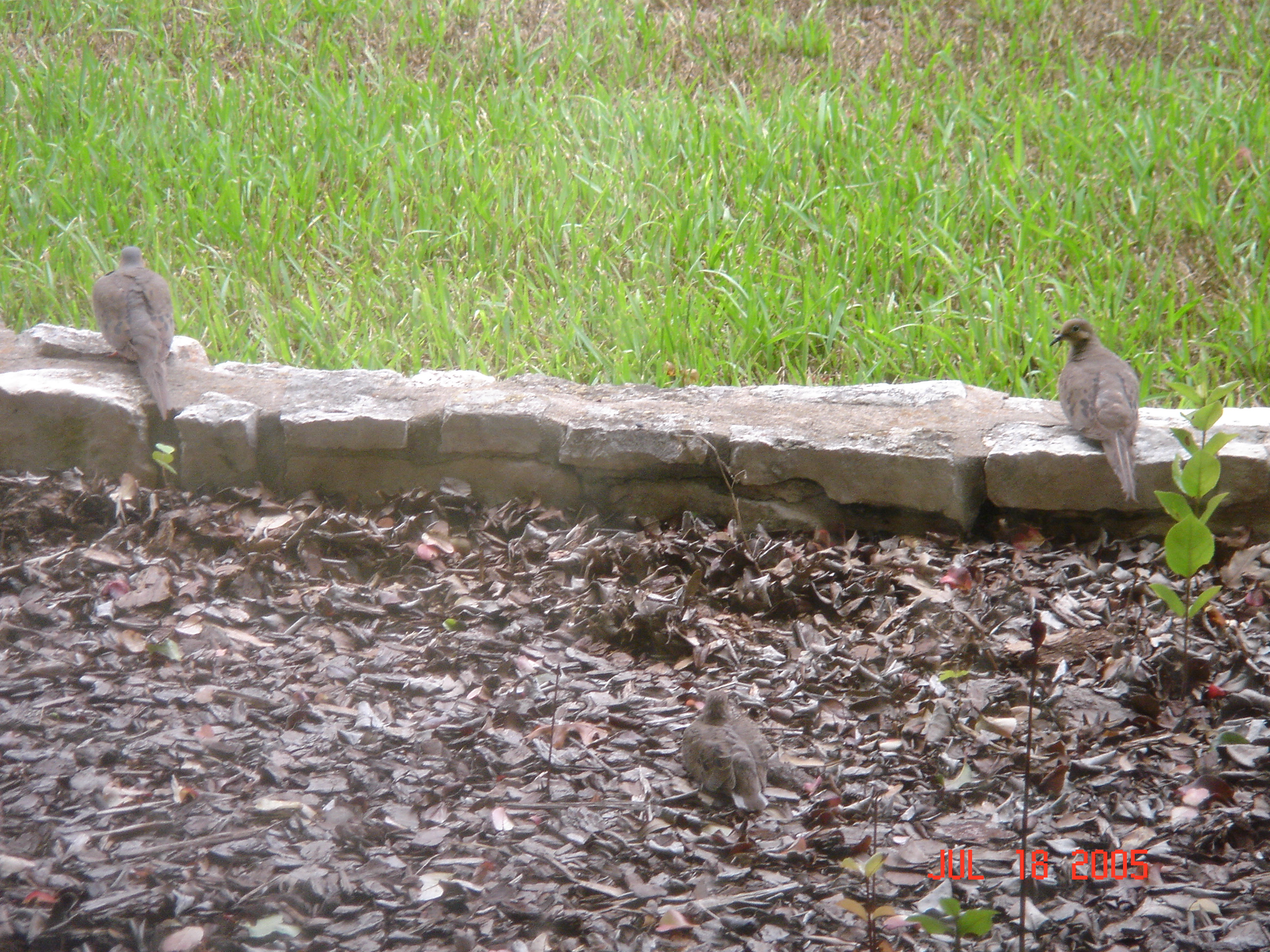Fort Worth District
Lakes and Recreation Menu
Wildlife Management
Hunt Hollow Wildlife Management Area and other land areas adjacent to the dam were acquired for project operations, but they are designated for wildlife management. Agricultural activities may be undertaken to improve wildlife habitat. As potential wildlife habitat, these compartments are best suited to upland game bird, songbird, rabbit and waterfowl management. Emphasis will be place on improving habitat for Bobwhite quail and Rio Grande turkey, as other species will benefit from such improvements. Techniques to encourage continued use by raptors, including osprey and bald eagles, will be used. These lands are also available to the public for sightseeing, nature study, hiking, and hunting.
Agency Roles:
The broad objective of fish and wildlife management is to conserve, maintain and improve the fish and wildlife habitat to produce the greatest dividend for the benefit of the general public. Implementation of a fish and wildlife management plan is the first step toward achieving the goals of the Fish and Wildlife Coordination Act (Public Law 85-624). The Texas Parks and Wildlife Department and the U. S. Fish and Wildlife Department share responsibility for managing fish and wildlife, primarily through enforcement of laws and regulations and establishing seasons and bag limits for game species.- U.S. Army Corps of Engineers. The role of the Corps of Engineers, as a proprietary landowner, is essentially that of sound environmental stewardship. The Corps has the authority to restrict hunting and fishing in certain areas in the interest of safety and to prevent interference with project operations. The Corps may set harvest or season limits that are more restrictive than those set by the Texas Parks and Wildlife Department. The Corps may also issue permits for hunting and charge administrative fees to cover program costs in accordance with ER 1130-2-550 and EP 1130-2-550.
- Texas Parks and Wildlife Department. The Texas Parks and Wildlife Department has the primary responsibility for managing resident fish and game species. Game wardens from the enforcement division are responsible for enforcing game laws, and Corps of Engineers park rangers assist them in water safety patrols and search and recovery efforts. Disposal of injured and dying animals protected by law will be coordinated with game wardens. Annual white-tailed deer surveys and other special management programs, such as brown cowbird and white-tailed deer trapping and special harvest permits, will be coordinated with the area biologist.
- U. S. Fish and Wildlife Service. The U. S. Fish and Wildlife Service is the lead Federal agency for protection of wildlife. Among its other missions, the agency is responsible for carrying out the intent of the Endangered Species Act, which it does through listing of species, enforcement of the provisions of the act and establishing wildlife refuges. In accordance with the Fish and Wildlife Coordination Act the Corps of Engineers is required to consult with the U. S. Fish and Wildlife Service when activities are proposed that may affect wildlife populations or habitat. All work that may affect an endangered species will be coordinated with the appropriate department.




